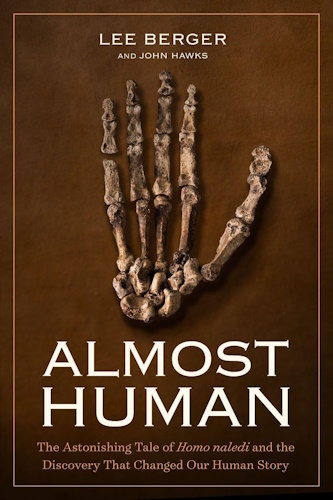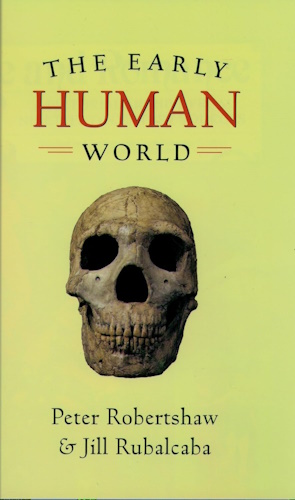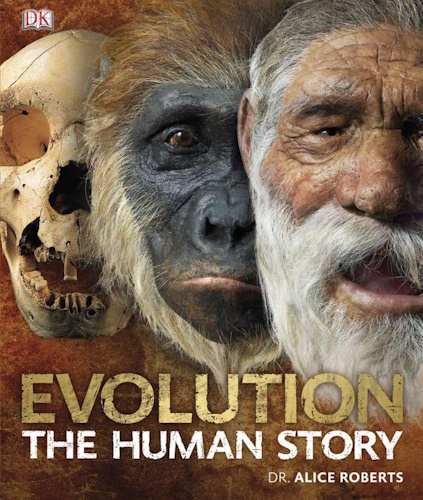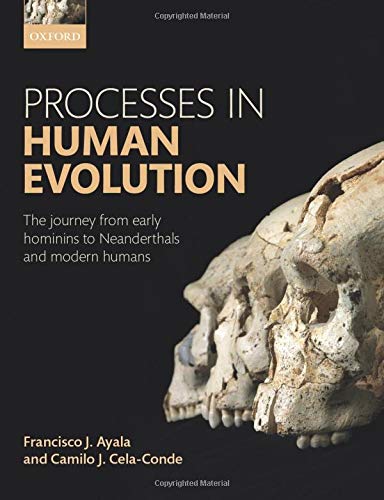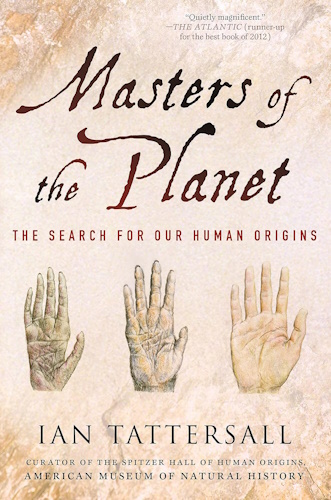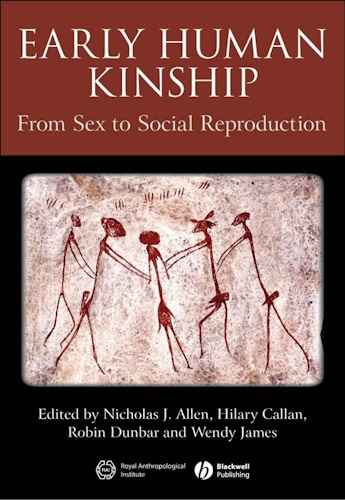![]()
Was Israel The Birthplace
Of Modern Man?
Public release date: December 30, 2010
George Hunka
ghunka@aftau.org
212-742-9070
American Friends of Tel Aviv University
Findings from Tel Aviv University archaeologists locate remains of Homo sapiens in Israel 400,000 years ago
Tel Aviv ― It has long been believed that modern man emerged from the continent of Africa 200,000 years ago. Now Tel Aviv University archaeologists have uncovered evidence that Homo sapiens roamed the land now called Israel as early as 400,000 years ago ― the earliest evidence for the existence of modern man anywhere in the world.
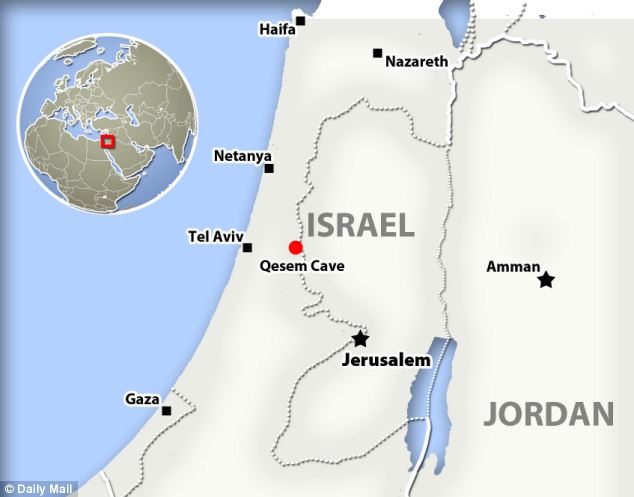
The findings were discovered in the Qesem Cave, a pre-historic site located near Rosh Ha'ayin that was first excavated in 2000. Prof. Avi Gopher and Dr. Ran Barkai of Tel Aviv University's Department of Archaeology, who run the excavations, and Prof. Israel Hershkowitz of the university's Department of Anatomy and Anthropology and Sackler School of Medicine, together with an international team of scientists, performed a morphological analysis on eight human teeth found in the Qesem Cave.
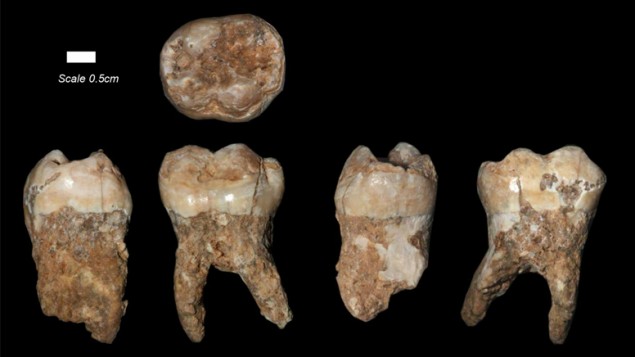
This analysis, which included CT scans and X-rays, indicates that the size and shape of the teeth are very similar to those of modern man. The teeth found in the Qesem Cave are very similar to other evidence of modern man from Israel, dated to around 100,000 years ago, discovered in the Skhul Cave in the Carmel and Qafzeh Cave in the Lower Galilee near Nazareth. The results of the researchers' findings are being published in the American Journal of Physical Anthropology.
Reading the past
Qesem Cave is dated to a period between 400,000 and 200,000 years ago, and archaeologists working there believe that the findings indicate significant evolution in the behavior of ancient man. This period of time was crucial in the history of mankind from cultural and biological perspectives. The teeth that are being studied indicate that these changes are apparently related to evolutionary changes taking place at that time.
Prof. Gopher and Dr. Barkai noted that the findings related to the culture of those who dwelled in the Qesem Cave ― including the systematic production of flint blades; the regular use of fire; evidence of hunting, cutting and sharing of animal meat; mining raw materials to produce flint tools from subsurface sources ― reinforce the hypothesis that this was, in fact, innovative and pioneering behavior that may correspond with the appearance of modern man.
An unprecedented discovery
According to researchers, the discoveries made in the Qesem Cave may overturn the theory that modern man originated on the continent of Africa. In recent years, archaeological evidence and human skeletons found in Spain and China also undermined this proposition, but the Qesem Cave findings because of their early age is an unprecedented discovery.
Excavations at Qesem Cave continue and the researchers hope to uncover additional finds that will enable them to confirm the findings published up to now and to enhance our understanding of the evolution of mankind ― especially the emergence of modern man.
American Friends of Tel Aviv University (www.aftau.org) supports Israel's leading, most comprehensive and most sought-after center of higher learning. Independently ranked 94th among the world's top universities for the impact of its research, TAU's innovations and discoveries are cited more often by the global scientific community than all but 10 other universities.
Internationally recognized for the scope and groundbreaking nature of its research and scholarship, Tel Aviv University consistently produces work with profound implications for the future.
![]()
![]()
Disclaimer:
Some material presented will contain links, quotes, ideologies, etc., the contents of which should be understood to first, in their whole, reflect the views or opinions of their editors, and second, are used in my personal research as "fair use" sources only, and not espousement one way or the other. Researching for 'truth' leads one all over the place...a piece here, a piece there. As a researcher, I hunt, gather and disassemble resources, trying to put all the pieces into a coherent and logical whole. I encourage you to do the same. And please remember, these pages are only my effort to collect all the pieces I can find and see if they properly fit into the 'reality aggregate'.
Personal Position:
I've come to realize that 'truth' boils down to what we 'believe' the facts we've gathered point to. We only 'know' what we've 'experienced' firsthand. Everything else - what we read, what we watch, what we hear - is what someone else's gathered facts point to and 'they' 'believe' is 'truth', so that 'truth' seems to change in direct proportion to newly gathered facts divided by applied plausibility. Though I believe there is 'truth', until someone representing the celestial realm visibly appears and presents the heavenly records of Facts And Lies In The Order They Happened, I can't know for sure exactly what "the whole truth' on any given subject is, and what applies to me applies to everyone. Until then I'll continue to ask, "what does The Urantia Book say on the subject?"
~Gail Bird Allen
![]()
![]()

